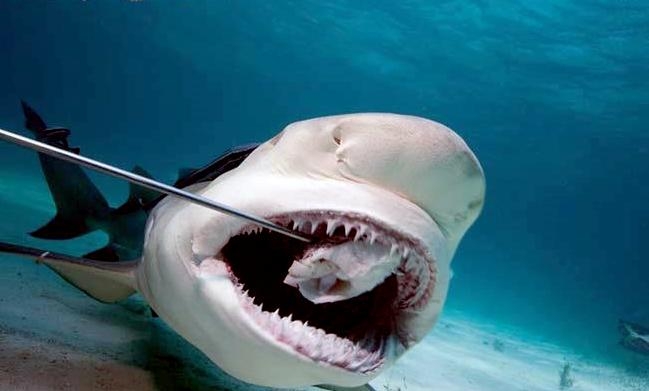
The Bloop mystery has been solved… And it’s not a giant sea monster Unfortunately scientists dismissed the possibility of giant sea monsters and in recent years have suggested something far less interesting, that the most likely cause of the strange noise is an icequake generated by large icebergs fracturing and cracking.įurther information about the Bloop sound:Īcoustics Monitoring Program – Icequakes (Bloop) The Bloop sounds almost like gas or oxygen bubbles rising up through the water.Īs The Bloop was many times louder than any known creatures, some people began to speculate that the noise may even belong to a large, undiscovered sea monster.

The point of origin is believed to be off the South American coast. The audio was captured in 1997 by two hydrophones around 4,800 kilometers apart. The Bloop is a low-frequency underwater sound and probably the most famous mystery noise ever recorded in the ocean. Source of the North Pacific “boing” sound attributed to minke whales 4. In 1962 G.M Wenz described a mysterious “boing” sound that had originally been heard in the 1950s by US Navy submarines off San Diego, California, and Kaneohe, Hawaii.ĭespite receiving much public attention, the source of the sound remained a mystery for 50 years, until the Southwest Fisheries Science Center acoustics team followed the sound in 2002 and identified its source as minke whales offshore the Hawaiian Islands.įurther information about the Minke Whale Boing Sound: Further information about the Bio-duck quacking noise:īio-Duck Activity in the Perth Canyon. Bio-DuckĪ strange and mysterious quacking noise has been detected by submarines in 1960 in the open ocean as well as along the coast of Australia in particular in the Perth Canyon.Īfter decades of mystery, researchers have identified the bio-duck as being emitted by the Antarctic minke whales. The loneliest whale in the world: The whale whose unique call has stopped him finding love 2. Map of the 52-hertz whale’s migration patternsĪ Lone Voice Crying in the Watery Wilderness (with a graphic of tracking during twelve year period)ĥ2 Hertz: The Loneliest Whale in the World Twelve years of tracking 52-Hz whale calls from a unique source in the North Pacific Now listen to the haunting song of the 52-hertz whale: How does this animal look like? Is it a whale? What kind of whale?įilm makers and scientists tried to locate the creature for a documentary named “ Finding 52: The Search for the Loneliest Whale in the World”. So far information about the creature is scarce. Is this a lonesome whale swimming throught the Earth’s ocean? In any cases, the deep sea creature vocalizing at 52Hz has been dubbed “The World’s Loneliest Whale”. 52-hertz Whale: The Loneliest Whale in the World Here a list of 10 unexplained noises from the deep ocean: Scary and mysterious sounds from the deep ocean.ġ. Some play this video to relax or for insomnia to help them sleep.The ocean is an unknown and mysterious place. The rough waves at this beach have been known to cause serious injury to swimmers and body boarders. However, this beach may not be ideal for families, as the rough surf is not well suited to children. Marine Street Beach near the community of La Jolla, California is legendary to body surfers and body boarders because of its thunderous waves, which crash right at shoreline. High Tide was at 9:20am (about half way through). This audio track is taken from my video which is at:
Ocean sounds download#
This is a 3 hour non repeating, non- looped relaxing recording of actual Pacific Ocean waves crashing against a beach.įeel free to download the audio and reupload to other sites so others may benefit.

This REAL continuous 3 hour was recorded at Marine Street Beach near the community of La Jolla, California.

Sounds so REAL you'll want to put on sunscreen and have a beach towel nearby in case you get wet! Relaxing 3 Hour Video of California Ocean Waves


 0 kommentar(er)
0 kommentar(er)
